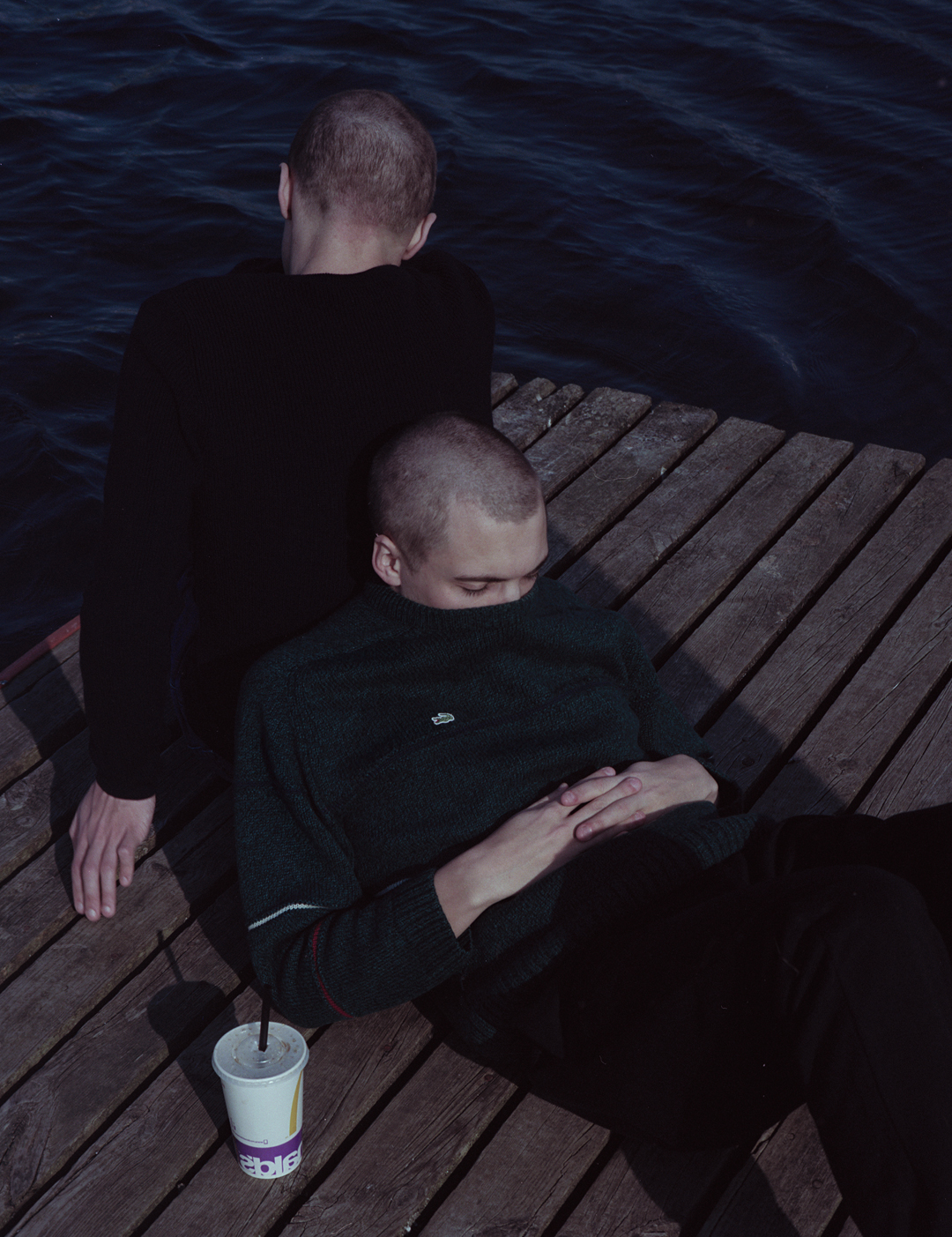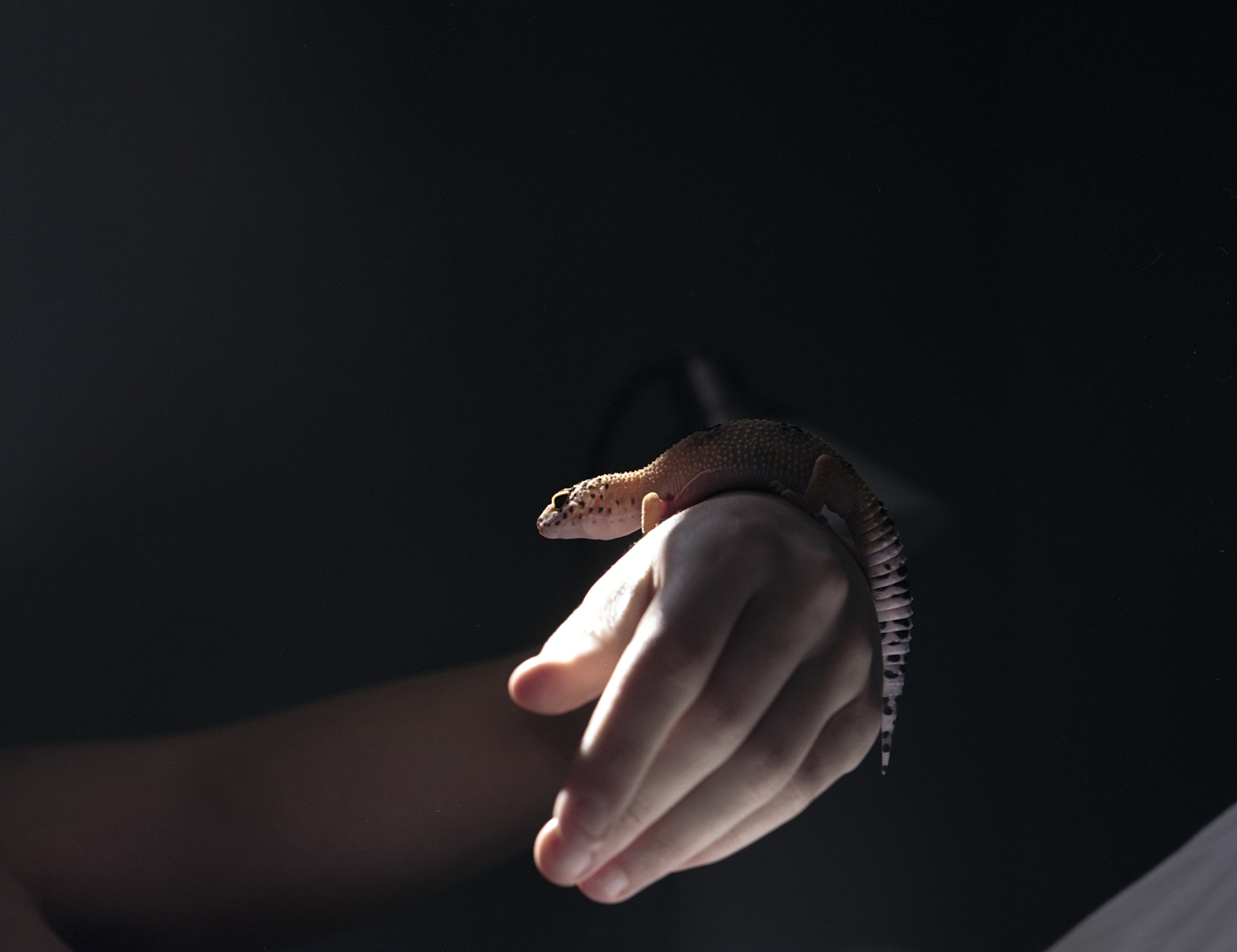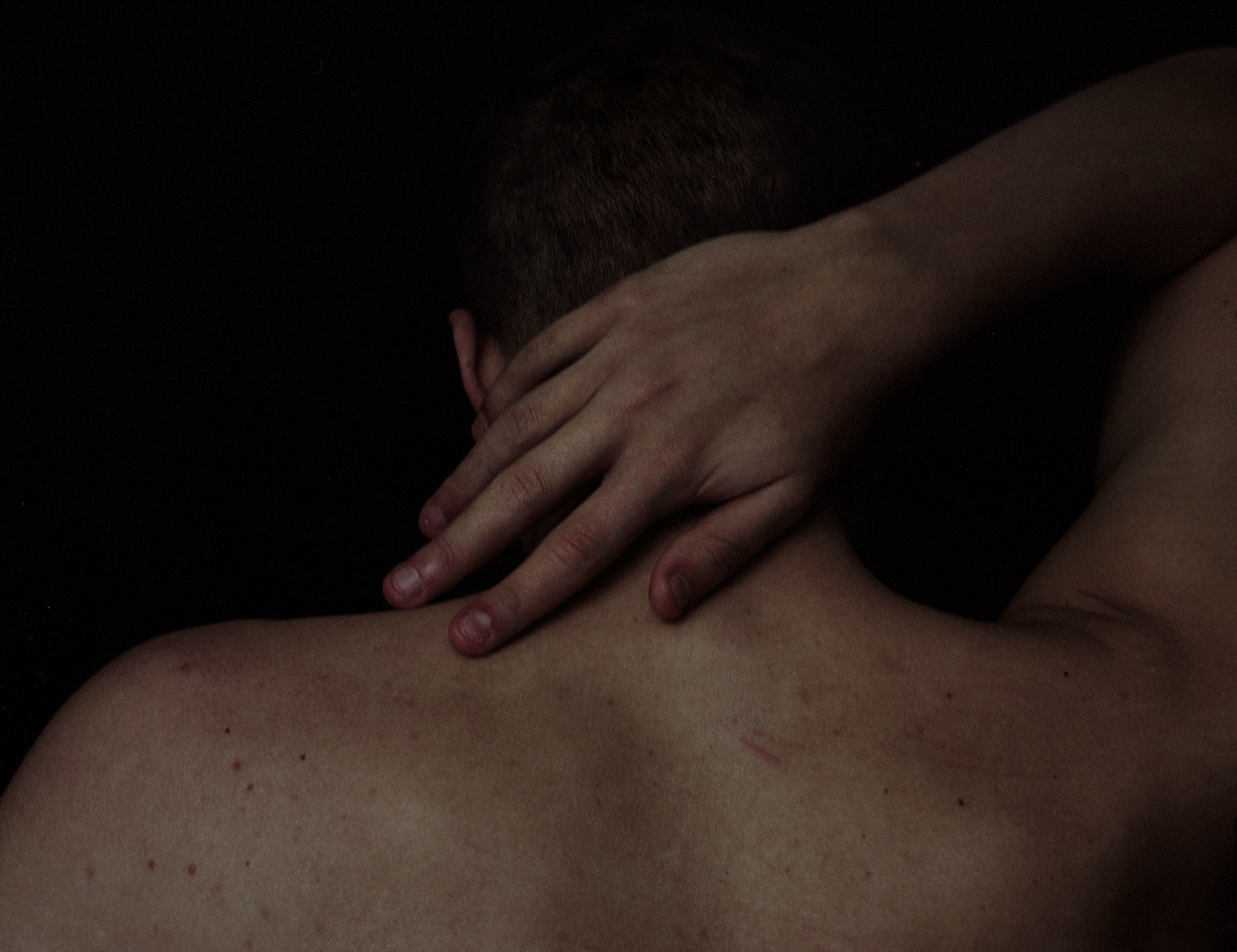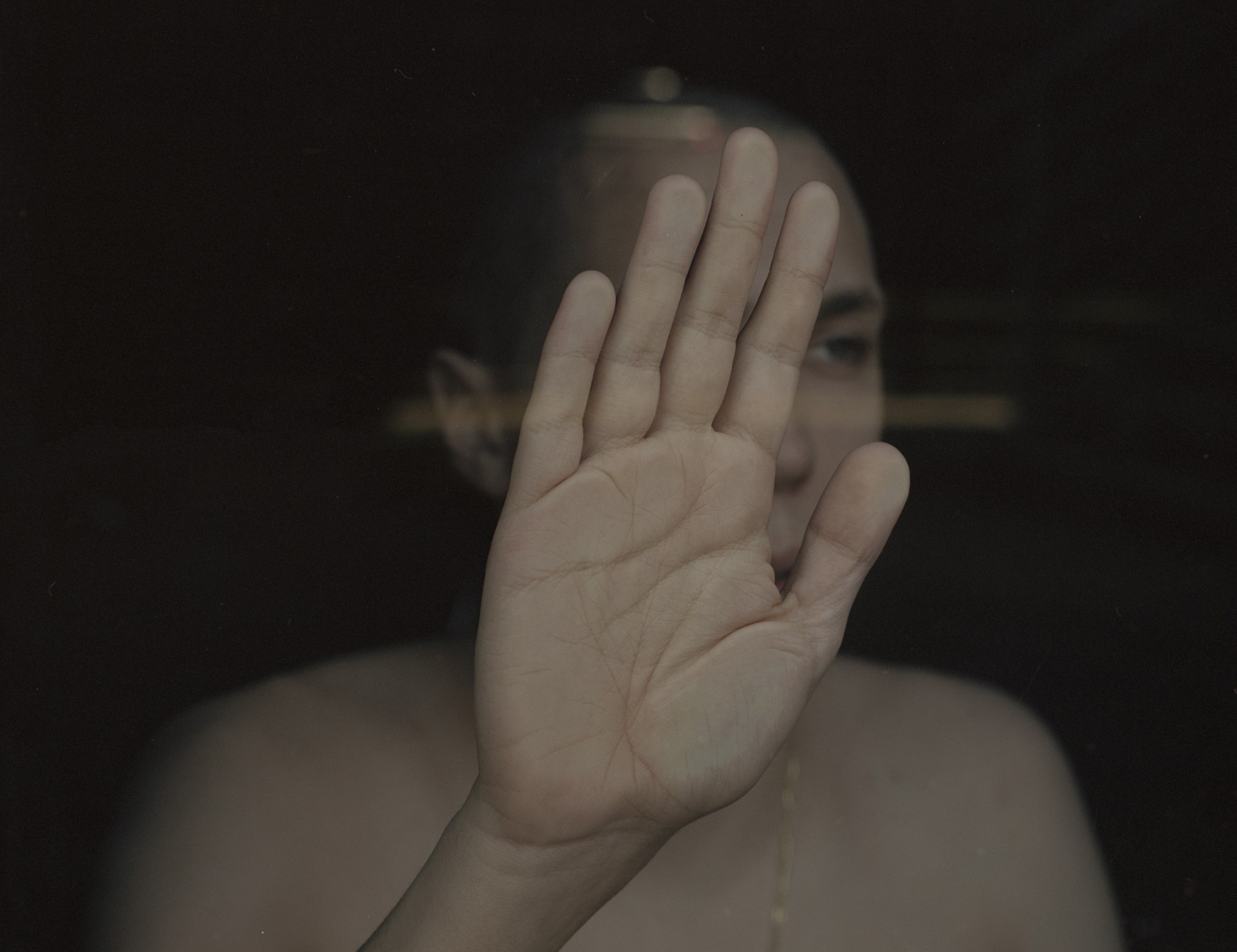Cécile Smetana Baudier’s story originally appeared in i-D’s The Faith In Chaos Issue, no. 360, Summer 2020. Order your copy here.
There’s a poignant arc to the photo series by Cécile Smetana Baudier on these pages. With her earliest memories of taking photographs beginning at 12 or 13, shooting her baby twin brothers, to be back home and documenting their relationship 20 years on feels like a reset of sorts. “They might be 22 now,” Cécile says over the phone from her family’s house, “but I still have those images of them as kids, playing around in the sand dunes in the north of Denmark… It’s nice going back to where I started, you know?”
Cécile left the flat she shares in Copenhagen and headed north for her parents’ place about a week into Denmark’s lockdown. “I was not feeling like myself in isolation, I’ll tell you that.” To her joy, all her siblings – the twins, plus her two other brothers – were at home. “I had just got back from Mexico where I had been working on a story when the pandemic hit and, by the time I came home to my family, I realised that most of my assignments were being cancelled,” she says. Once home, her focus quickly shifted to shooting her brothers, a rare opportunity that life at its normal pace would never have granted her. “They’re not on social media, they don’t really care about Instagram or anything like that. They were a bit bored not doing much, so they were kind of humouring me letting me photograph them again.”

Born to a French father from North Africa and a Danish mother, Cécile and her brothers moved around a lot growing up. Her work as a documentary photographer can directly be attributed to this, she says. “Both my father’s and my upbringing have really impacted how I kind of see the world. This constant struggle to find an identity, to find somewhere where you belong.” After leaving school, Cécile studied at an art college in Copenhagen – Fatamorgana – for a year, before moving on to study photojournalism at The Danish Media and Journalism School. “I was really into these 90s Danish black-and-white photographers and I always thought I’d go in that direction, but I ended up kind of doing something quite different.”
Particularly interested in stories of displacement – the Afro-Mexican communities, the Central African diaspora and the connection between North Africa and southern Europe – Cécile spends months at a time travelling between continents, slowly developing her projects. Once there, she settles into the area slowly and purposefully. “A month is not very long for me because I like to ease into it, spend a week not really photographing at all, but just learning, getting to know the people in the area that I’m in, developing this mutual trust.” Her images invite quiet, thoughtful reflection. They can be both dramatic and quiet, conveying a balanced view of her subjects and their circumstances, finding beauty without ever sensationalising or veering towards voyeurism.

Her brothers – 11 years her junior – might make for an interesting examination, particularly against the backdrop of the place she spent her formative years, but Denmark itself is rarely the subject of her enquiry. “I am actually not that interested in Denmark as a photojournalist,” she says. “When I shoot fashion in Denmark, I enjoy going up to these locations in the north, where I grew up, and mixing that together, so that my fashion becomes still very personal. But as a photojournalist? No. I’m Danish, but I think I’m very impacted by my father’s history.”
Instead, for Cécile, this story offers a chance to explore a relationship she has observed throughout her life, but that is changing. “I’ve always been interested in how these intimate relationships work, and I really think you have a special connection when you’re born at the same time and you grow up together, so ultimately I just wanted to capture that feeling of having an intimate, brother-to-brother relationship.” As to whether her closeness to them helped, the answer is probably no. “They don’t respect me in the same way a stranger would – there’s not this mutual, professional, respectful relationship,” she laughs. “My brothers know my weaknesses, so they would constantly try to fuck it up.”




Credits
Photography Cécile Smetana Baudier
